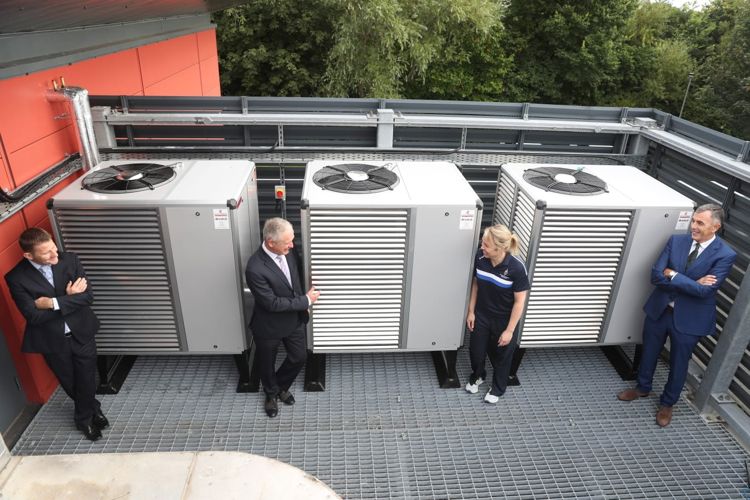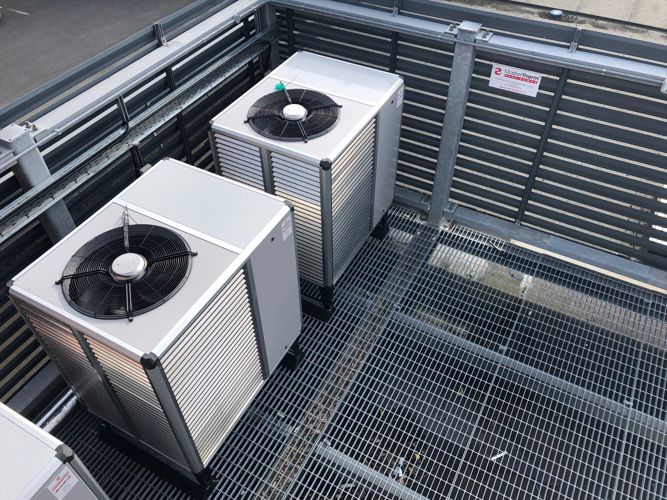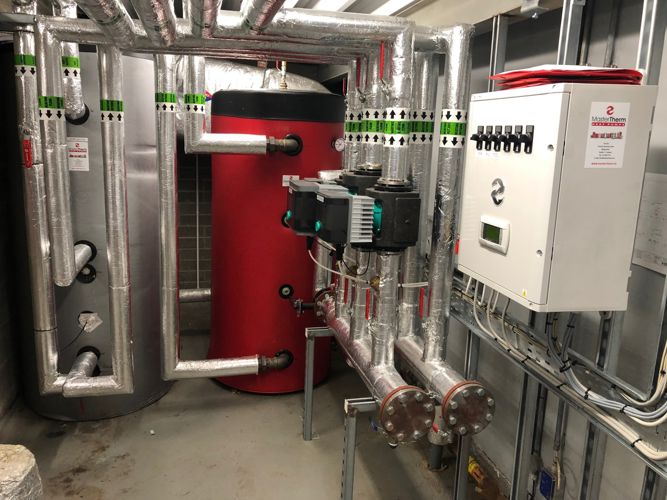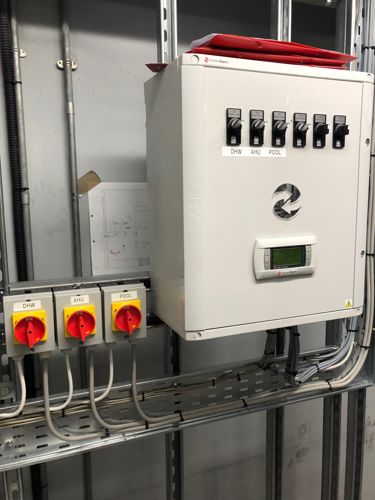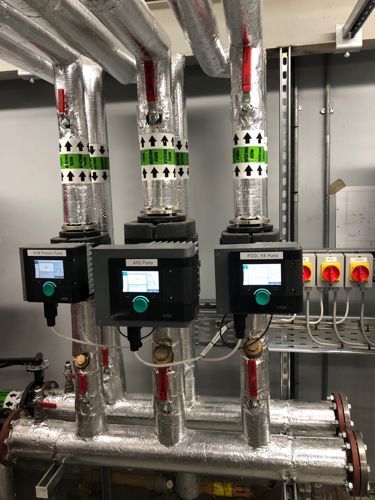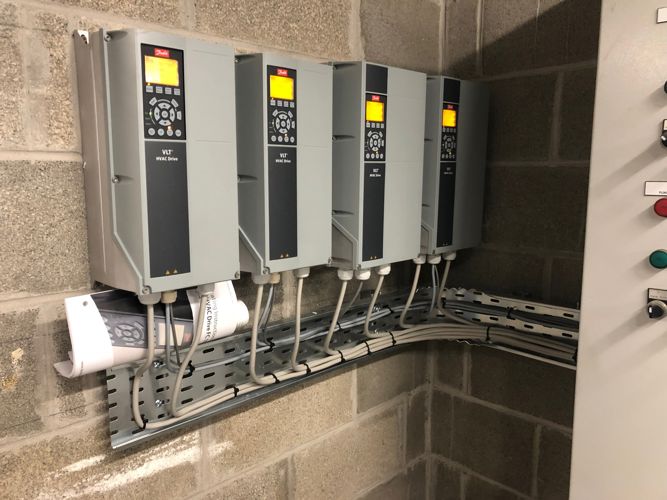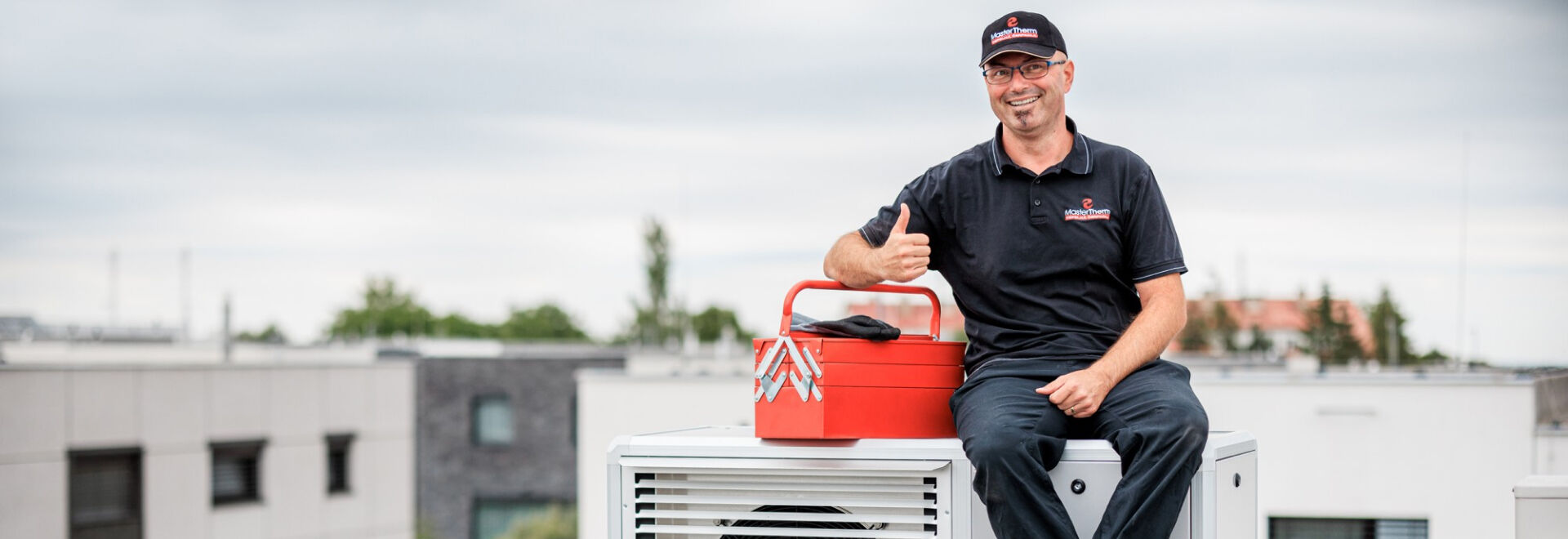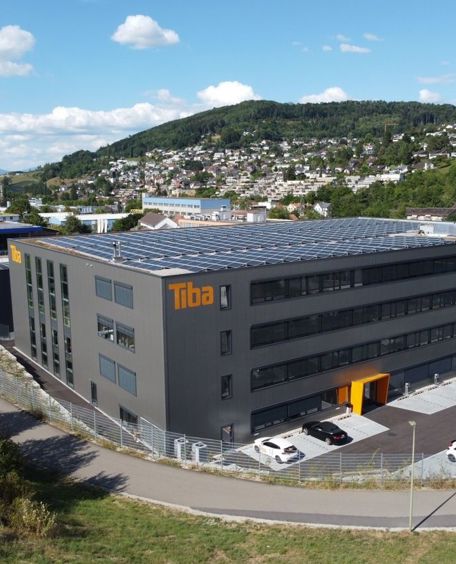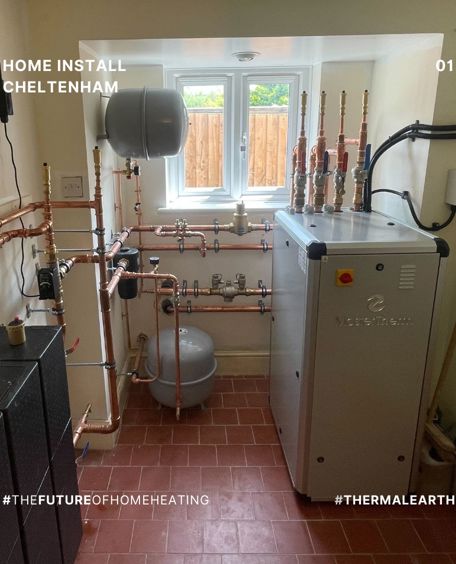Public swimming pools and leisure centres are among the most energy demanding facilities in the leisure and hospitality sector.
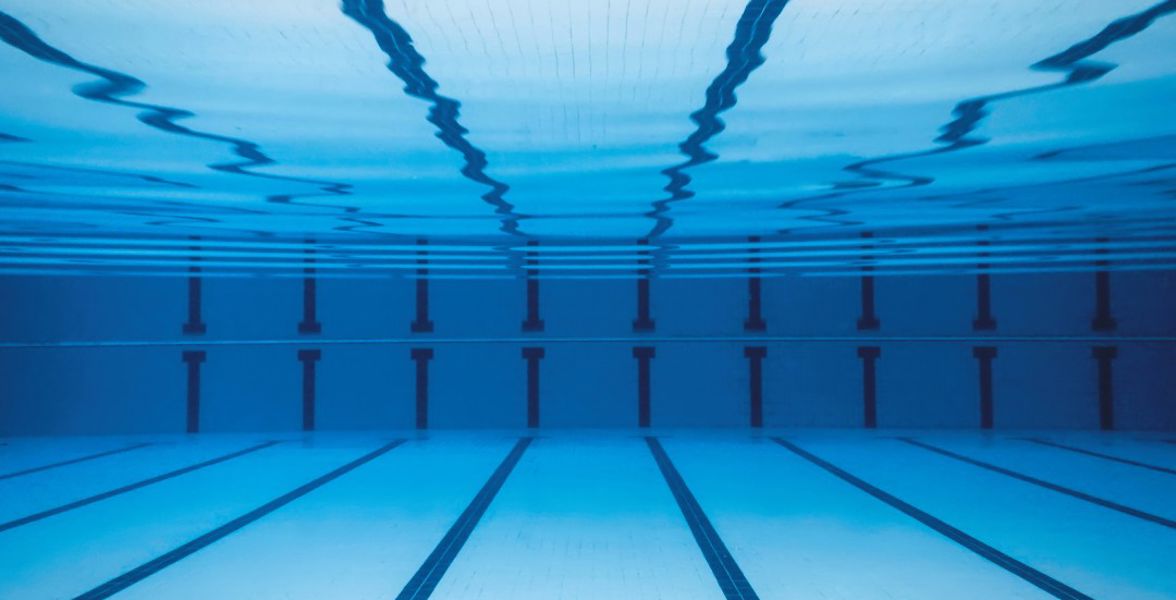
Introduction
Public swimming pools and leisure centres are among the most energy demanding facilities in the leisure and hospitality sector.
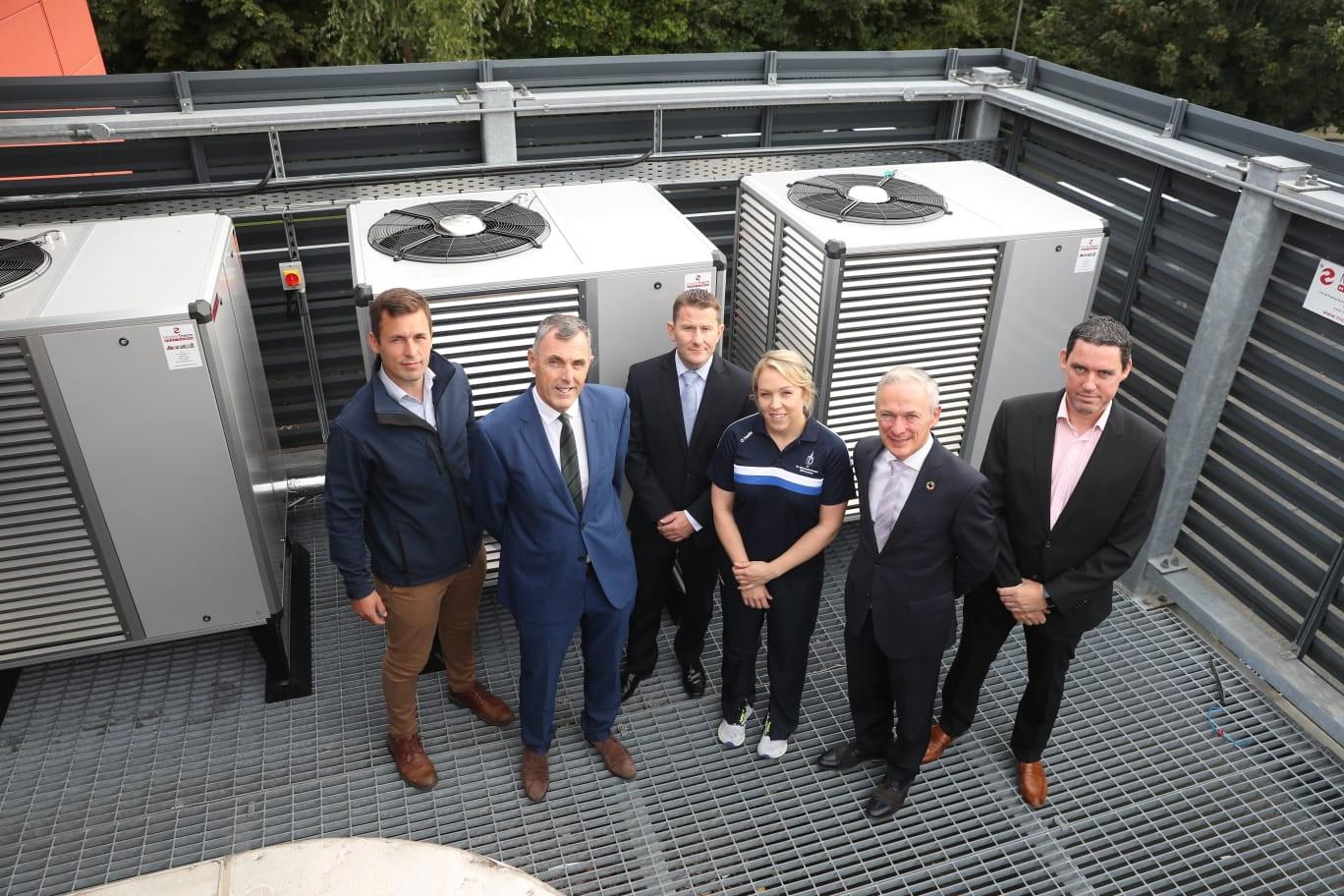
The resulting profit margins of such facilities are usually very low and operating expenses are typically very high. Accurate energy management and heat sources that can generate low-cost heat are a pivotal component of the business model and are often the main determiner in whether such facilities operate at a profit or loss. The following document details and documents the transition from a traditional fossil fuel heat source to a renewable energy heating system; the optimisation of controls, ventilation and heating distribution system, followed by measurements and a verified energy report and finally the financial savings realised after twelve months of operation.
Bespoke System Design
The heating and ventilation system originally consisted of LPG boilers and a combined heat & power unit provided heat and electricity. Heating and ventilation for the pool area was provided by air handling units with heat recovery blocks and fixed speed motors. The entire HVAC system was controlled by a building management system.
The original system had many positive aspects, however energy efficiency was lacking in the overall system design, leading to high energy usage and resulting costs.
As is common in a building from this period, heat sources were oversized by a factor of at least 2, to meet the peak requirements of the swimming pool water, pool area and domestic hot water for showers and space heating. This practice usually results in the excessive cycling of heat sources, high static heat losses, excessive maintenance costs and a reduced lifespan of equipment.
The AHU units for the pool hall and changing rooms were sized to meet the maximum demand with 50% spare capacity. The AHUs were equipped with fixed speed electric motors.
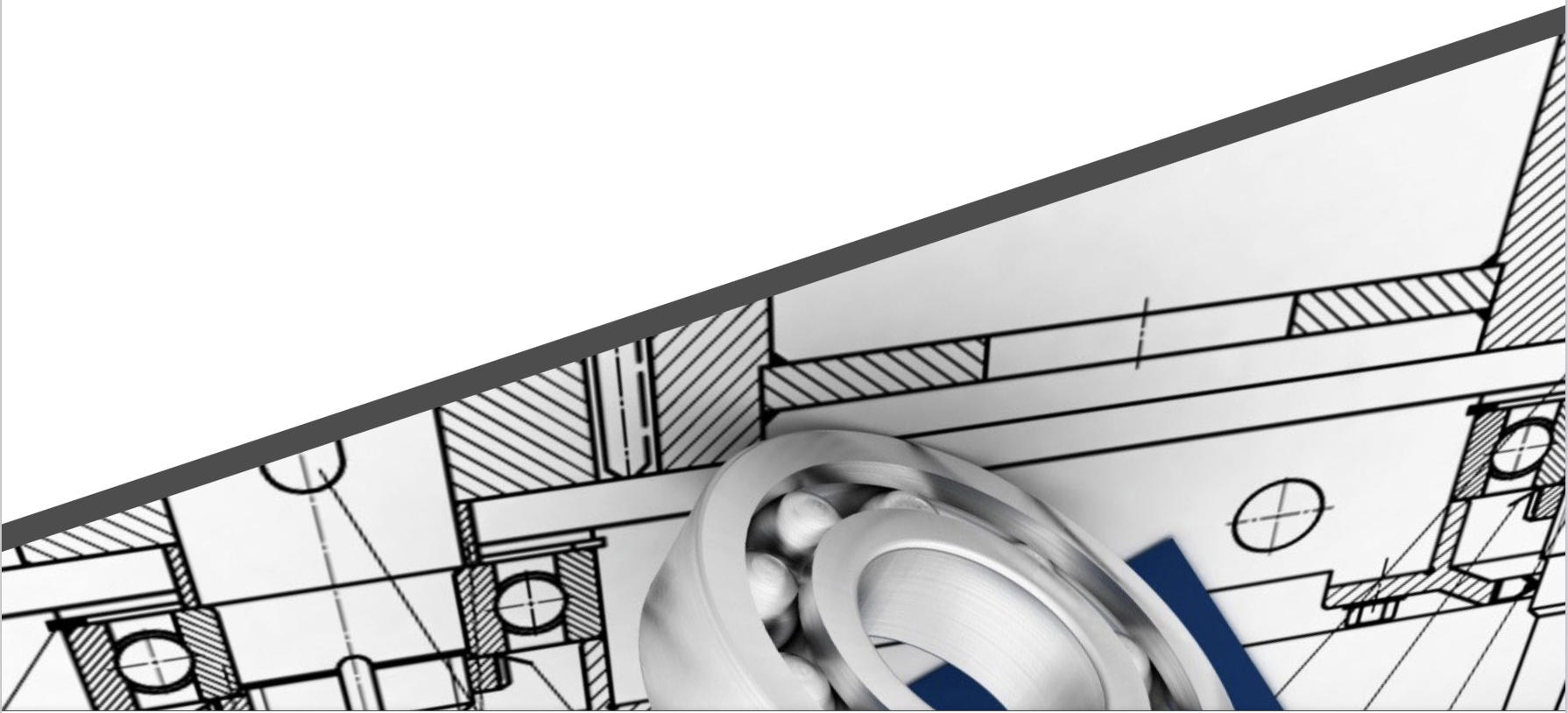
Planning and M&E Design
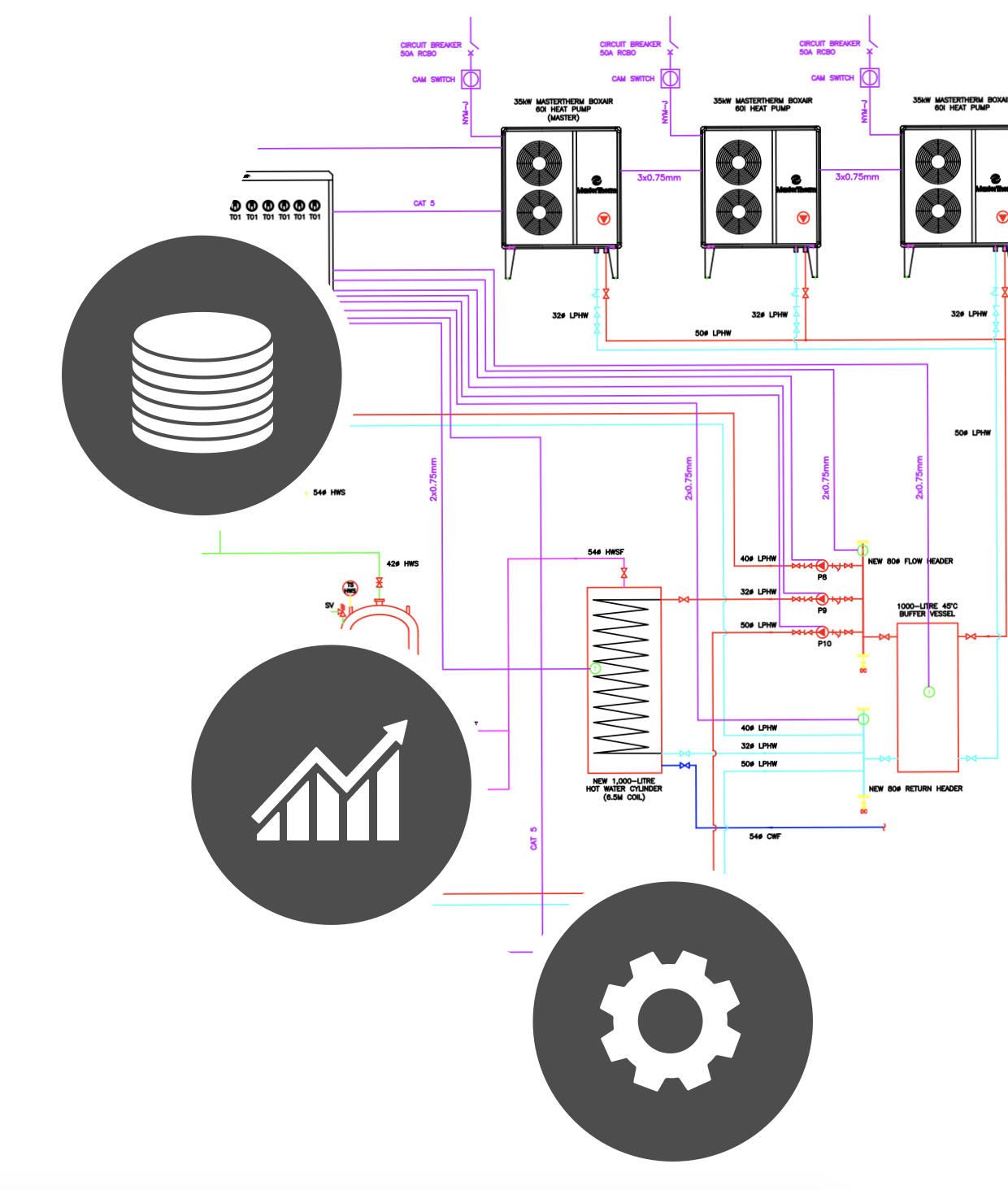
The entire planning was completed by our in-house M&E design team. As leisure centres generally operate all year round and the average annual mean outside temperature is 11 Degrees Celsius, a cascade system of variable speed air source heat pumps was selected as the most efficient heat source. Minimum and maximum heat loads were considered to ensure sufficient outputs and the capability. to run without cycling at low heat demands.
Optimised Sizing of Main and Bivalent Heat Sources
Each heat pump system must be carefully balanced in order to satisfy the average heat demand. Heat pump technology cost is normally measured by cost per kW output and the capital cost of a kW is higher than conventional heat sources such as boilers. It is therefore important to make sure that most of the heat pump system is being used at average heat demand levels. Peak heat demand is met by bivalent heat sources such as external boilers. This system design and approach guarantees the maximum use of the heat pump system and it also minimises cycling as well as guaranteeing the optimal possible payback and the longest lifespan of the system.
Optimising Heating Distribution System
A low temperature heating distribution system means high heat pump system efficiency and thus low cost per kW of heat. All emitters, including the swimming pool and jacuzzi heat exchangers, AHU heating coils and DHW calorifiers were designed to work with the lowest possible heating water temperature thus achieving maximum SCOP of the heat sources.
Plantroom Controls
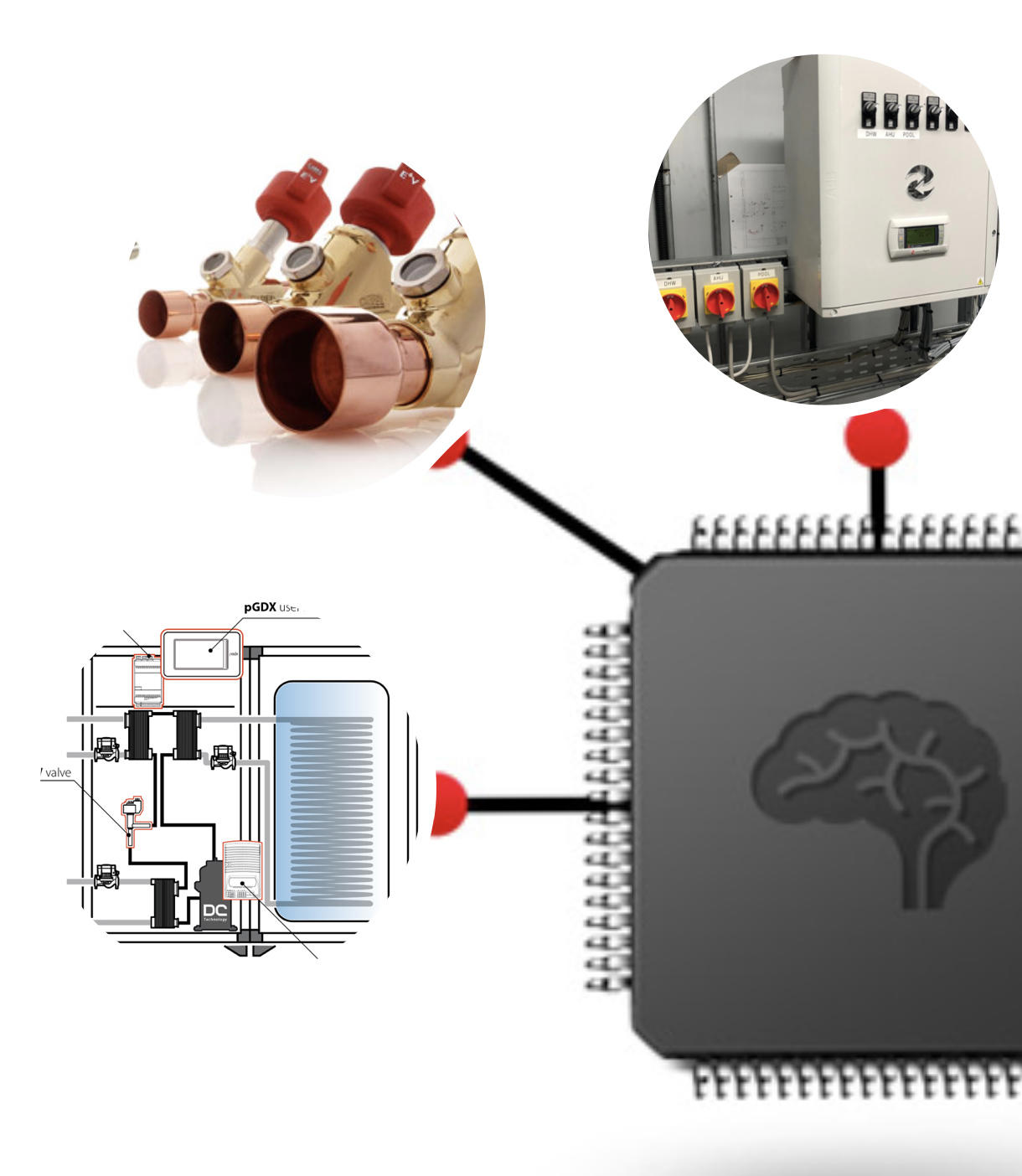
Control System is perhaps the most important part of every heat pump plant room design. It is therefore important to carefully plan control strategy to meet comfort levels but also to make sure that maximum efficiency of heat pump plant is always achieved. Each heat destination has usually different temperature requirements. Heat pump controls therefore decide which circuits needs to be satisfied and at what temperature and generate lowest possible temperature to satisfy circuits heat requirement of each circuit yet maximises efficiency of the heat source. In case of peak heat requirements, bivalent heat sources are used to supplement peak heat load. Inteligent internal control system of heat pumps is therefore often the most important aspect of the entire project. Attempting to control heat pump plant rooms entirely from external BMS often results in extensive running of bivalent heat source or inefficient operation of heat pumps.
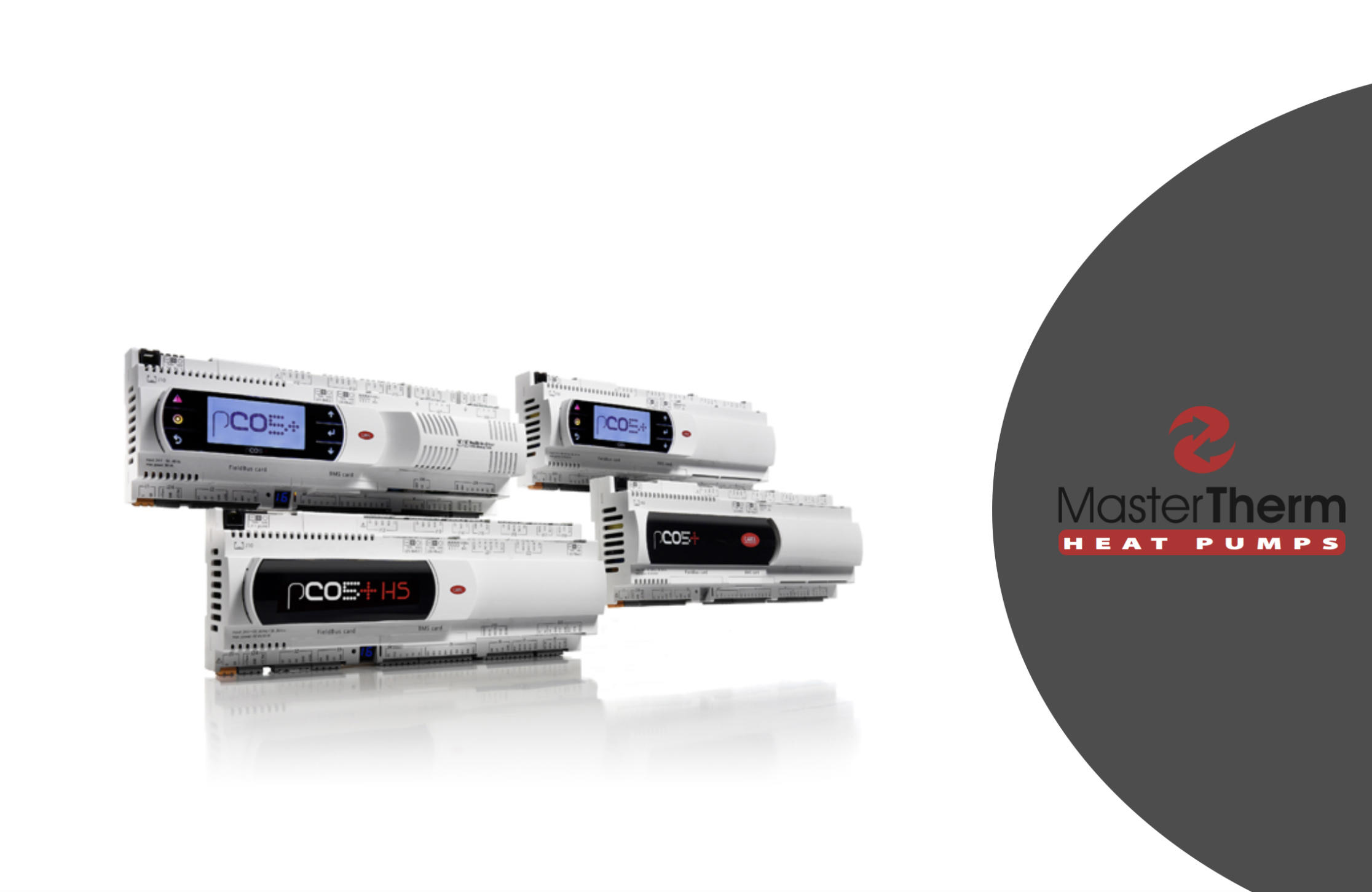
Project Implementation
As swimming pools / leisure centres usually operate all year round, retrofitting the entire heating system can therefore be complicated without disruptions to daily operations. However, a well-planned project can be realised without closing the facility and losing revenue.
The entire heating system retrofit of this particular project was completed in approximately 3 weeks.
- Firstly all emitters were optimised to work with lower LPHW temperature.
- New equipment including pipework, thermal storage tanks, heat pumps and bivalent heat sources were installed.
- All controls and electrical connections were made including variable speed drives for AHUs, a new heat pump MCC board.
- System start up and test run and interface with existing Cylon BMS.
- Commissioning.
- Online fine tuning and optimising for maximum performance and efficiency.
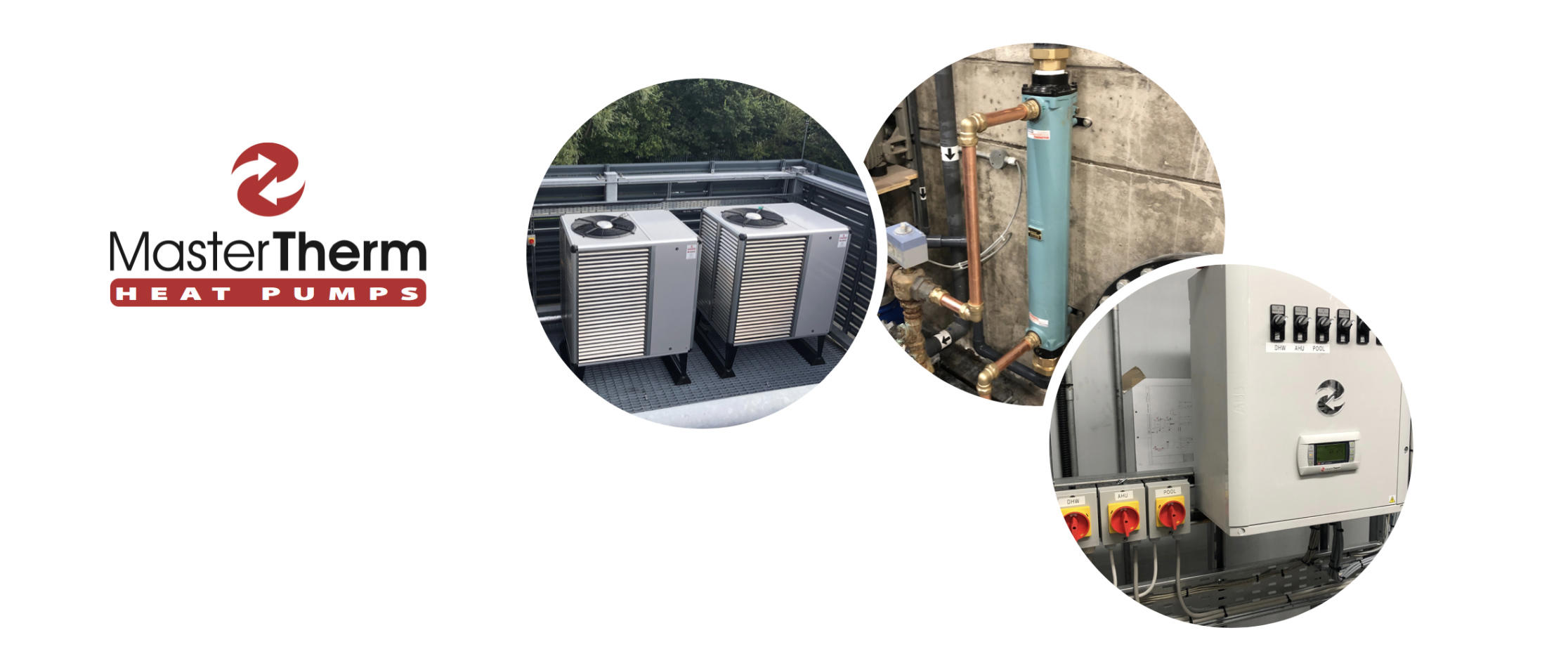
Controls and performance
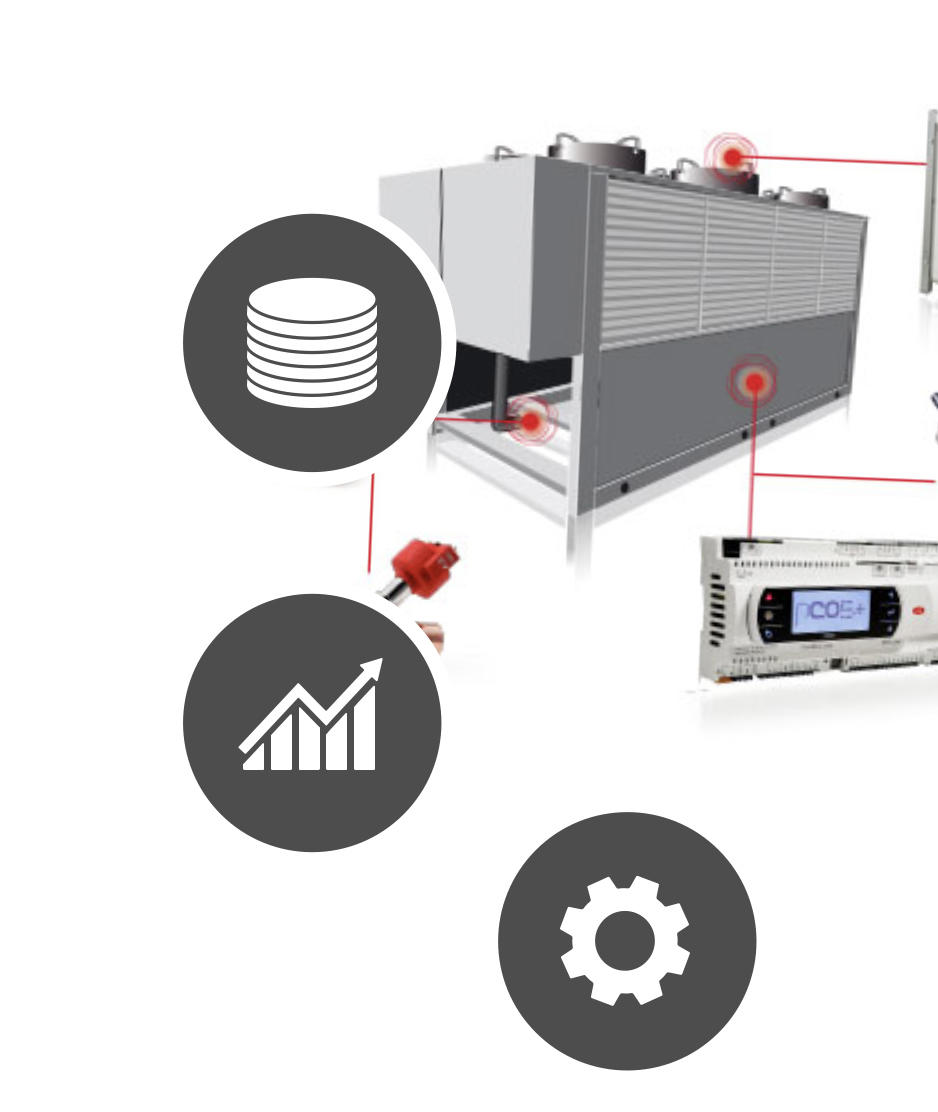
Correctly controlling the heat pump plant room is often the most important part of any project. The maximum efficiency and performance can only be achieved when all principles are strictly followed and all controls of the heat pump system are fully utilised. This can be one of the main reasons many projects involving retrofitting heat pumps end up less successful than expected.
MasterTherm's approach is to design and manufacture the complete system, NOT just a heat source. This strategy is the only one that can guarantee that the heat pump system maximises it’s full design potential. It also protects against reduced performance and efficiency by a third party’s potentially incorrect control strategy or design.
Sophisticated heat pump control systems can recognise each circuit’s requirements and react accordingly, whether the circuit is serving a swimming pool, pool hall, hot tub or reception. The entire system becomes self-learning over time. For example, in this case, the swimming pool is heated to 34 Degrees Celsius. The heat pump system is constantly checking what the lowest temperature of the LPHW circuit can be to keep the pool at the required 34 Degrees.
The result can mean generating temperatures as low as 36 Degrees. When this method is applied to each heating circuit it dramatically increasing SCOP of the entire system thus running cost savings.
Numerous tests performed have proven how the combined use of EEV technology and DC compressors guarantees a significant increase in heat pump efficiency and a reduction in running costs. The possibility to integrate high-efficiency devices makes our solution ready to fulfil the requirements of the new EU Energy Efficiency Directive.
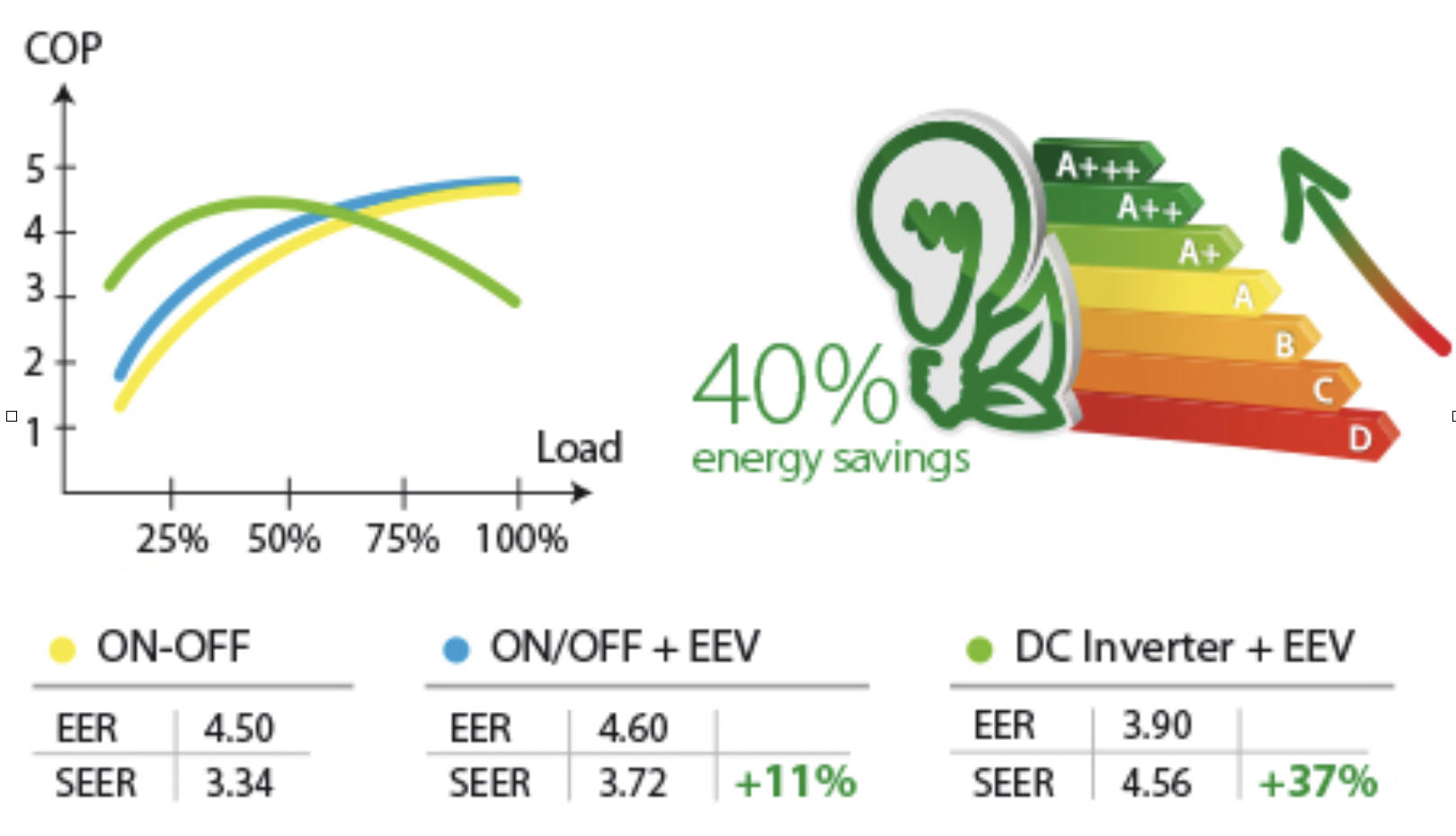
The BMS controller, Pco5, is the true heart of the solution, reading the inputs and managing the outputs. Moreover, the built-serial port means the controller can exchange data with the other unit actuators (EVD EVO, fan controllers, compressor inverters etc.), thus optimising unit control and efficiency.
Specifically, the use of EVD EVO driver and the electronic expansion valves (devices supplied as standard in the CAREL solution for screw CH/HP units), allow suction superheat control, guaranteeing energy efficiency through precise control in different outside and load conditions.
End user interface
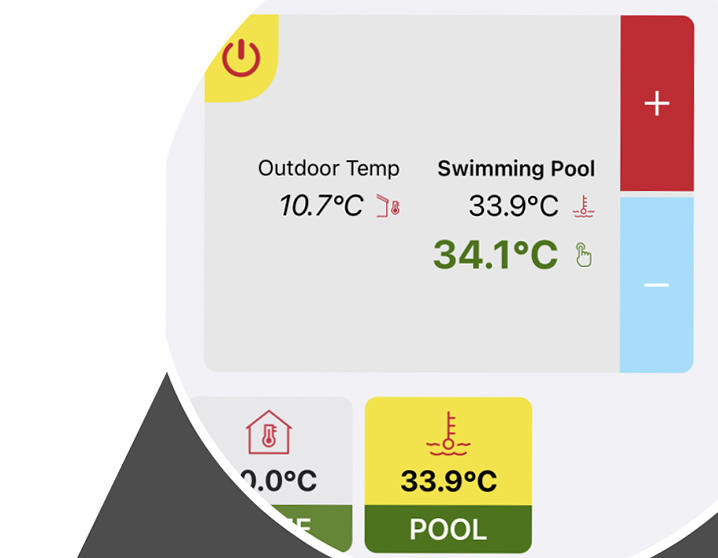
The control system allows us to create different levels of access whether this access is for a refrigeration professional or a swimming pool operator. Controlling heat levels from the end user app can be as simple as pressing an up or down arrow to raise or lower temperatures in each circuit. Or at a far deeper level of access, a fully trained MasterTherm professional can remotely complete tasks such as viewing or editing EEV’s number of steps per second or the heat pump compressor’s speed. A customised app can also be created based on a client’s needs allowing them to see and control literally any part of the system. Our cloud platform allows our engineers to conveniently switch between different units, systems or sites.The entire system’s data is collected by MT servers and is available anytime. More specific information such as swimming pool temperature can also be recorded and in case of temperature drops below the set value, the system can send a warning via e-mail to pre-defined addresses to notify users or a specific technician.
The combination of all of the above ensures the true optimisation of the performance and efficiency of the entire building's heating system.
Operation cost and CO2 savings
In the case of St Michaels Leisure Centre, the retrofit of the system was partially financially supported by Sustainable Energy Authority of Ireland (SEAI). One of the conditions around securing the grant support concerns verifying predicted savings. The measurement & verification reports are completed by third party energy consultants after 12 months of system operation. An important component of the M&V relates to recording energy usage before and after the upgrade and is a simple way of comparing energy, financial and co2 savings achieved by the project.
Below is the resulting data provided by the independent energy consulting company.

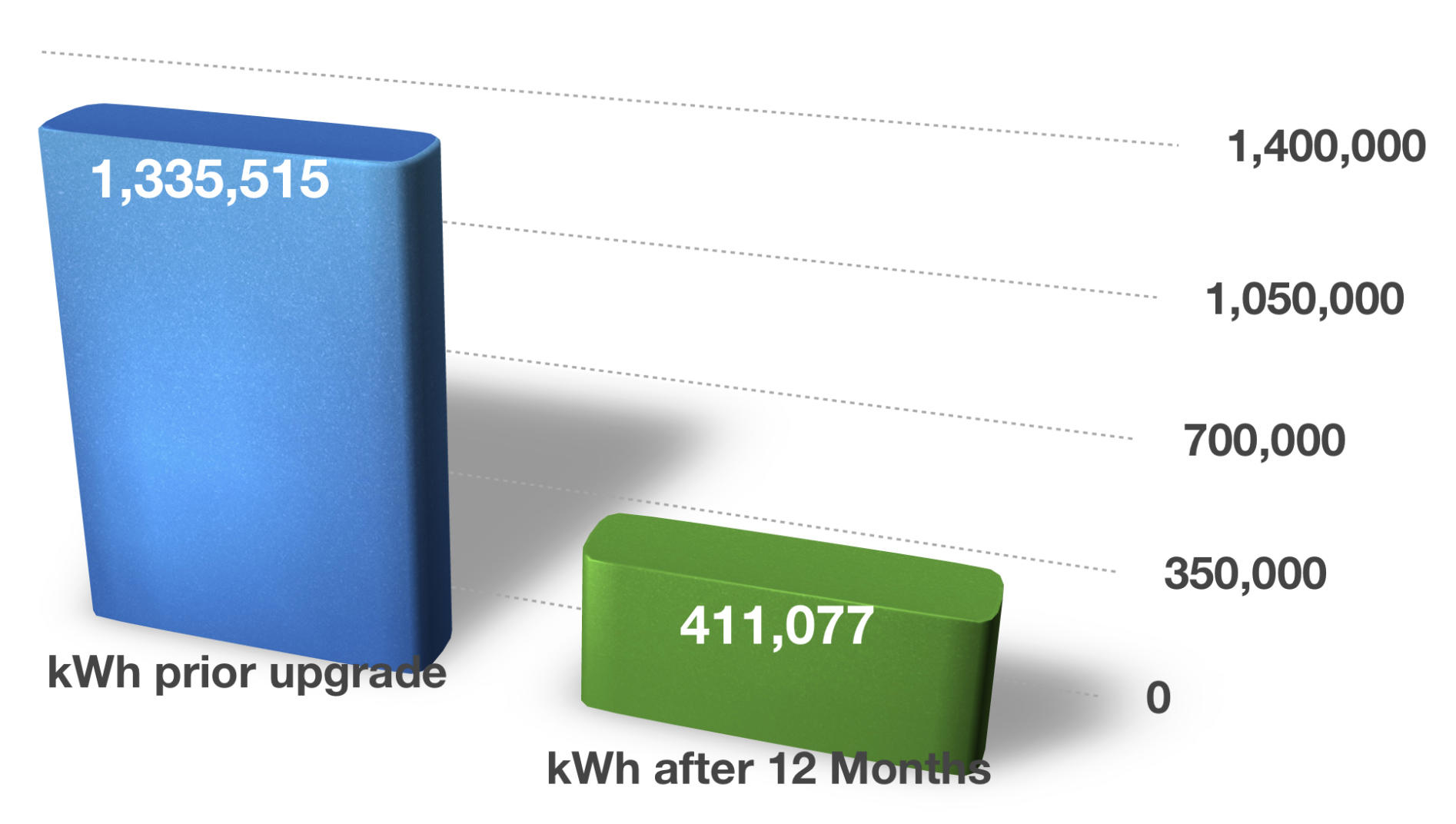

Financial Savings - The above facility has only LPG gas available as a fossil fuel heat source. Natural gas is if we compare the price per kW is the cheapest fuel currently available on the Irish market. Many other similar facilities have natural gas availability. Table below shows financial savings achieved if different fuels would be used.

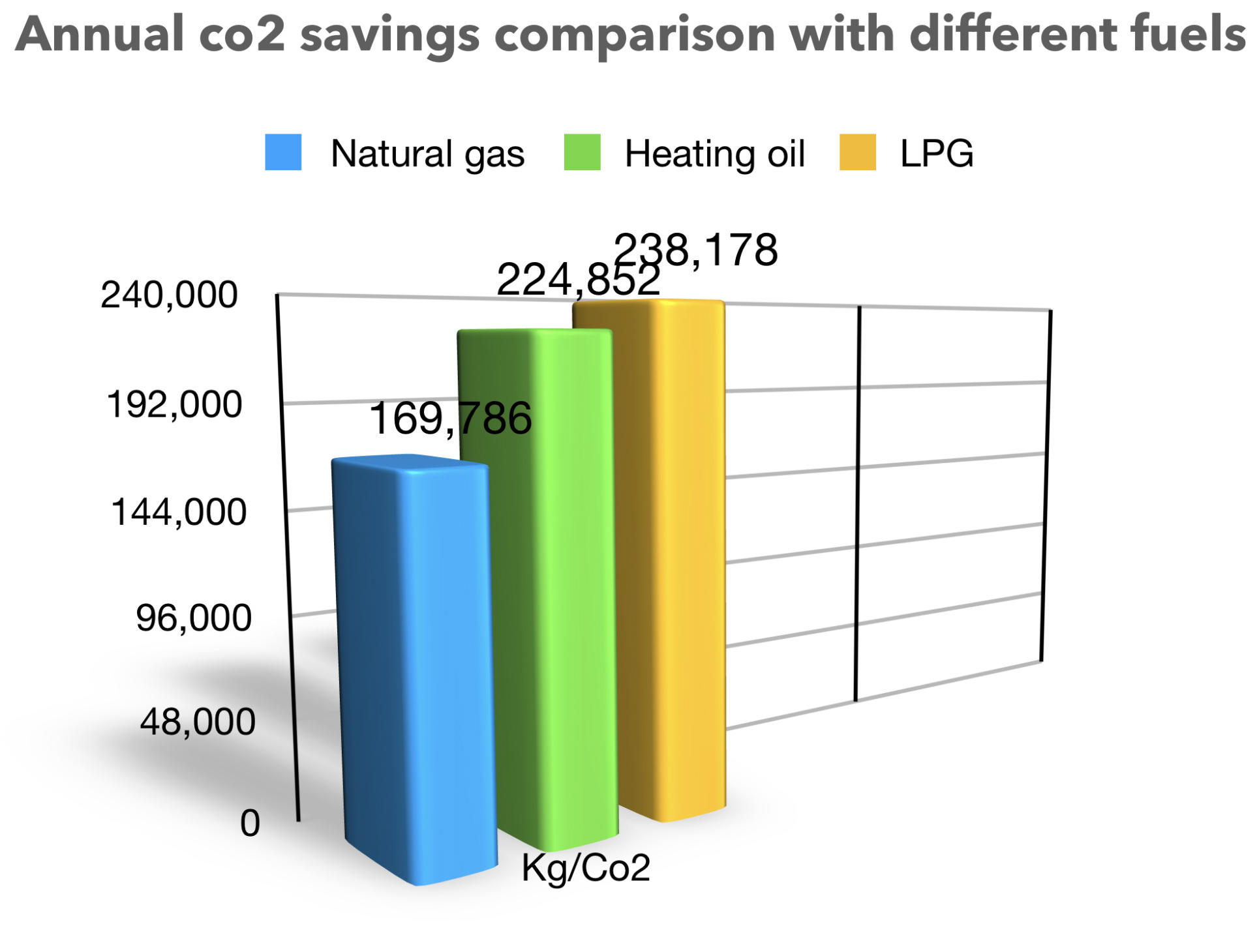
Conclusion
Considering Ireland’s 'mild all year round' climate and the high heat demand in leisure centre facilities, air-source heat pump systems with an advanced control strategy are without doubt the most efficient way to provide heat for leisure facilities, surpassing ground source heat pumps, biomass or any other alternative heat sources.
Unlike other types of commercial buildings, the optimisation of the heating distribution system is reasonably straightforward and great savings (both financial and environmental) can be achieved. Minimal maintenance is required and the long system lifespan is an added yet important bonus.
It is however absolutely crucial to only use purpose-built equipment. Complete bespoke design which considers existing heat sources, emitters, temperatures etc. is of critical importance. Correct heat pump plant controls should be used and approved by the heat pump design team in order to maximise the technology’s performance. This approach also avoids complications associated with the incorrect control and operation of the plant as well as enhancing the efficiency, life-span and last but not least, maximising the system’s payback.
Lukas Kadlik
Technical Director
Courtesy of Master Therm Ireland / Lukas Kadlik – www.mastertherm.ie

